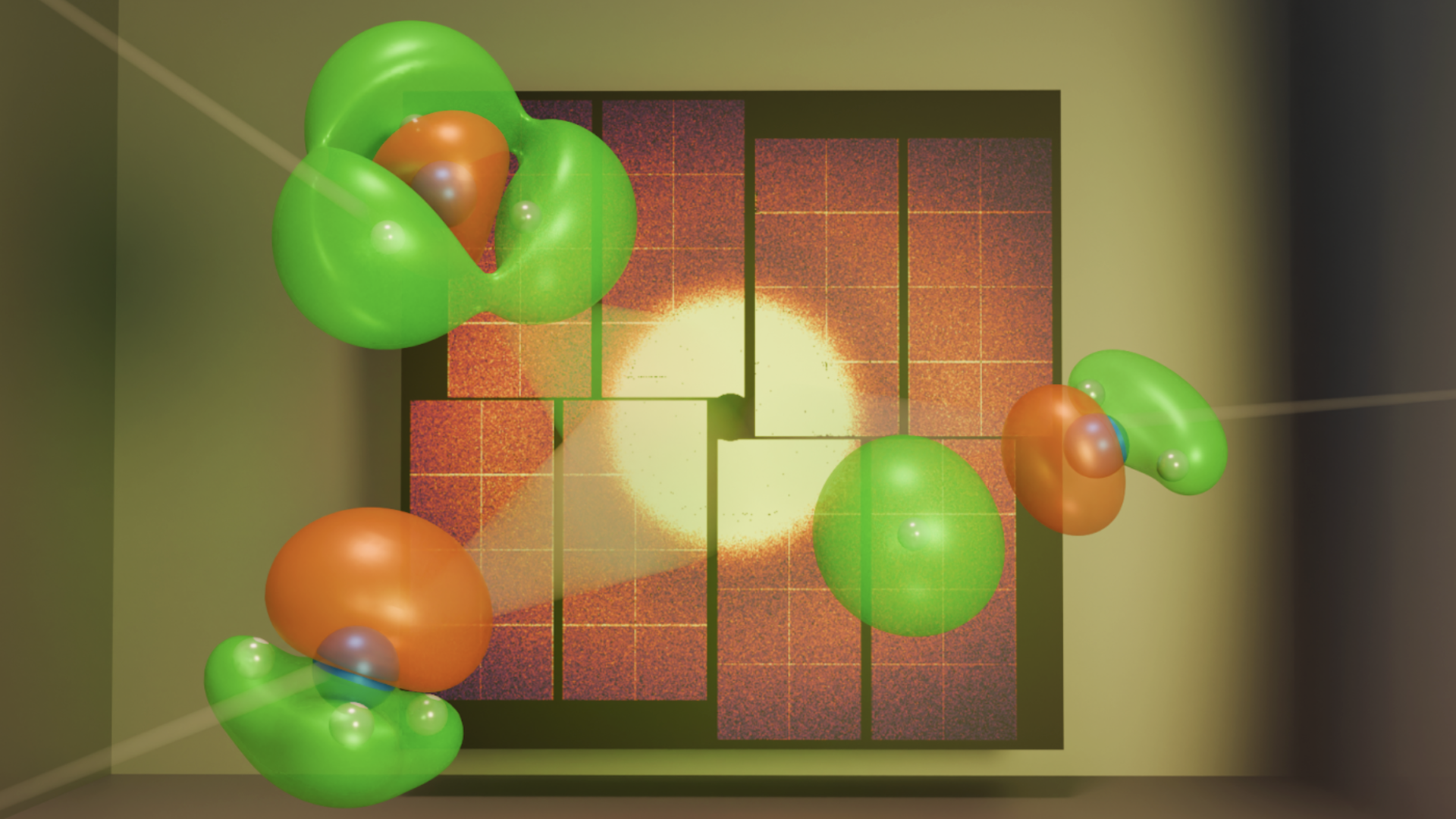| IN A NUTSHELL |
|
The quest to sustain human life during long-duration space missions is entering an exciting new phase, thanks to the development of “super-dwarf” crops. The Moon-Rice project, spearheaded by the Italian Space Agency in collaboration with three Italian universities, is at the forefront of this groundbreaking research. This initiative aims to cultivate a rice variety small enough to grow in the limited confines of a spacecraft yet robust enough to thrive under harsh extraterrestrial conditions. The potential implications of this research extend beyond space, offering hope for enhanced agricultural practices in extreme environments on Earth.
Challenges of Creating Dwarf Crops for Space
Space travel presents a unique set of challenges to human health, necessitating a reliable source of fresh nutrients like vitamins, antioxidants, and fiber. While pre-packaged astronaut meals have sufficed for shorter missions, longer journeys demand a more sustainable solution. Previous experiments have demonstrated the feasibility of growing plants in space, but the challenge remains to make crop cultivation viable in the extreme environments of the Moon or Mars.
The Moon-Rice project stands out by attempting to create “super-dwarf” rice varieties that are not only compact but also highly productive. Marta Del Bianco, a plant biologist at the Italian Space Agency, points out that despite their small size, traditional dwarf varieties fall short in seed germination and productivity. The focus now is on creating a resilient crop using CRISPR-Cas technology to manipulate plant hormones like gibberellin, enhancing growth without compromising yield.
Collaboration of Three Universities
The Moon-Rice project’s success hinges on the collaborative efforts of the University of Milan, University of Rome Sapienza, and University of Naples Federico II. Each institution brings its unique expertise to the table, from rice genetics to crop physiology and space crop production. Just nine months into this four-year endeavor, the collaboration is already yielding promising results.
Milan’s researchers have managed to isolate mutant rice varieties that grow to only 4 inches, paving the way for space-efficient crops. Simultaneously, Rome’s team is working to optimize plant architecture for maximum yield. Efforts are also underway to increase the rice’s protein content by adjusting the embryo-to-starch ratio, addressing the inefficiencies of meat production in space. Dr. Del Bianco emphasizes the importance of understanding how these plants react to microgravity, employing Earth-based simulations to study gravitational effects.
Potential Impacts on Earthly Agriculture
While the Moon-Rice project primarily targets space missions, its implications for terrestrial agriculture are equally significant. The technology developed for space could be utilized to cultivate crops in inhospitable environments on Earth, such as the Arctic, Antarctic, deserts, or small indoor spaces. The project’s focus on sustainable agriculture resonates with global efforts to address food security and environmental challenges.
The potential to develop a crop that thrives both in space and on Earth highlights the dual benefits of space research. As our planet faces increasing environmental stress, innovations like the Moon-Rice project could offer solutions for growing food in regions currently considered uninhabitable. This research, presented at the Society for Experimental Biology Annual Conference in Antwerp, Belgium, marks a significant step toward achieving sustainable agriculture across diverse environments.
Future Prospects and Unanswered Questions
As the Moon-Rice project progresses, the scientific community eagerly anticipates further advancements in space agriculture. The ability to grow crops in space could redefine long-duration missions, making them more self-sufficient and sustainable. This project also raises intriguing questions about the future of food production and the role of biotechnology in addressing global agricultural challenges.
While the project’s current focus is on rice, the principles developed could be extended to other crops, potentially revolutionizing how we approach food production both in space and on Earth. The Moon-Rice project not only exemplifies the power of scientific collaboration but also challenges us to rethink our approaches to food security. As we look to the stars for answers, what other agricultural innovations might emerge from our quest to explore the cosmos?
This article is based on verified sources and supported by editorial technologies.
Did you like it? 4.6/5 (29)
Source link


